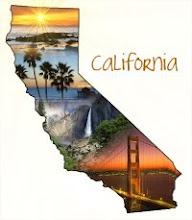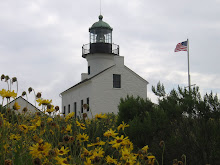Photo: Bodie State Historic Park (by Jon Sullivan)
The year was 1859 when a gentleman by the name of Waterman S. Body discovered gold in the Eastern Sierra. It was to be one of the richest gold discoveries of the West. Sadly for Body, he died in a snowstorm within months of the discovery, but the town that adopted his name (changing the spelling to Bodie) went on to prosper. It flourished from 1877-79, booming with a population of 10,000 people, 2,000 buildings and mines yielding over $35 million in gold. By 1886, however, the big strikes were over, mining companies were bankrupt and fewer than 1,500 residents remained. Six years later a devastating fire destroyed a number of homes and businesses. The town recovered slightly over the years, but in 1932 a second fire destroyed all but 10 percent of the town. By the 1940’s, Bodie had disintegrated into a ghost town with only tumbleweed to grace the streets.
Photo: Bodie State Historic Park building interior (by Jon Sullivan)
Today Bodie is the largest intact ghost town in the West. In 1962 it was designated as a National Historic Site and a State Historic Park, preserved in a state of “arrested decay” which means nothing is repaired, but nothing is allowed to fall down, either. It’s as if the town is frozen in time.
Photo: Bodie State Historic Park shelf items (by Jon Sullivan)
The 200 structures still standing represent a mere 10 percent of the town, but you get an accurate glimpse into life as it was. Bottles line the saloon bars, medicine jars still perch atop mercantile shelves and church pews, although dusty, seem to beckon parishioners to sit.
Photo: Bodie State Historic Park building interior (by Jon Sullivan)
History buffs will know of Bodie’s reputation of lawlessness. Gunfights, stage holdups, robberies and street fights seemed to be the order of the day. More than 60 saloons and dance halls lined the streets in its heyday, so there must have been time to play in between all that fighting.
Map: Bodie State Historic Park
Bodie is located northeast of Yosemite, 13 miles east of Highway 395 between Lee Vining and Bridgeport. Be aware that the last 3 miles leading to the park are not paved and can be quite bumpy. At an elevation of 8,375 feet, it’s sometimes inaccessible during the winter because of snow - summer is the ideal time to visit. There are no commercial services in the park, so plan to bring your own food and water. (Bottled water is sold at the onsite museum). The park is open daily. Park hours vary, but generally run 9am-6pm during the summer. Make sure you call ahead for park hours and road conditions. California State Park day use fees apply.
More information: Bodie State Historic Park
P.O. Box 515, Bridgeport, CA 93517
Phone: 760-647-6445
.





























Super interesting post! and the great photos that make a nice "tour"
ReplyDeleteNow I should wish I lived in California and could pay a visit Bodie. You described it so well!
ReplyDeleteNice images of Bodie. I've been there.
ReplyDelete